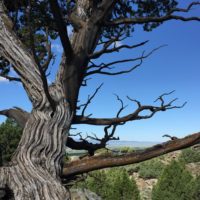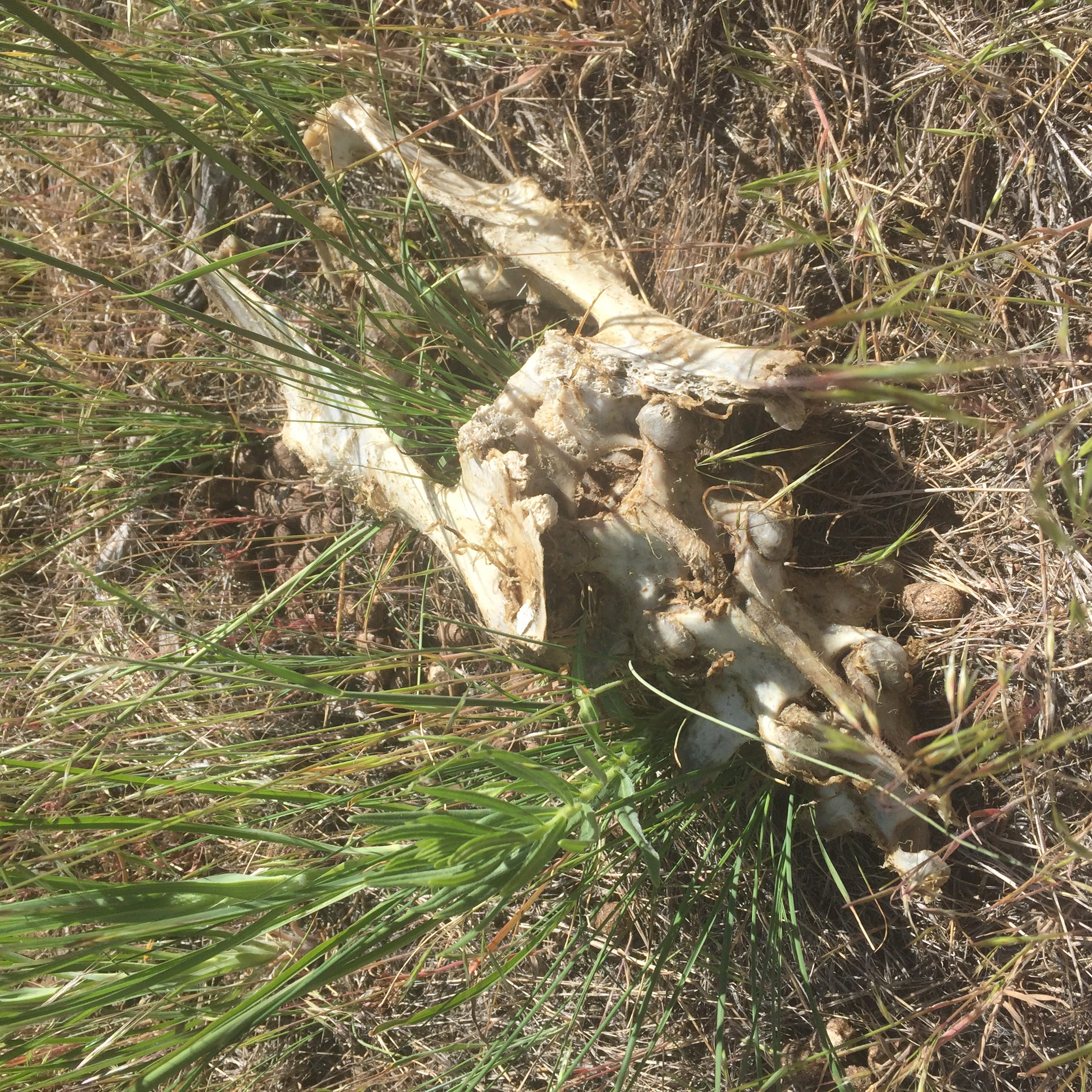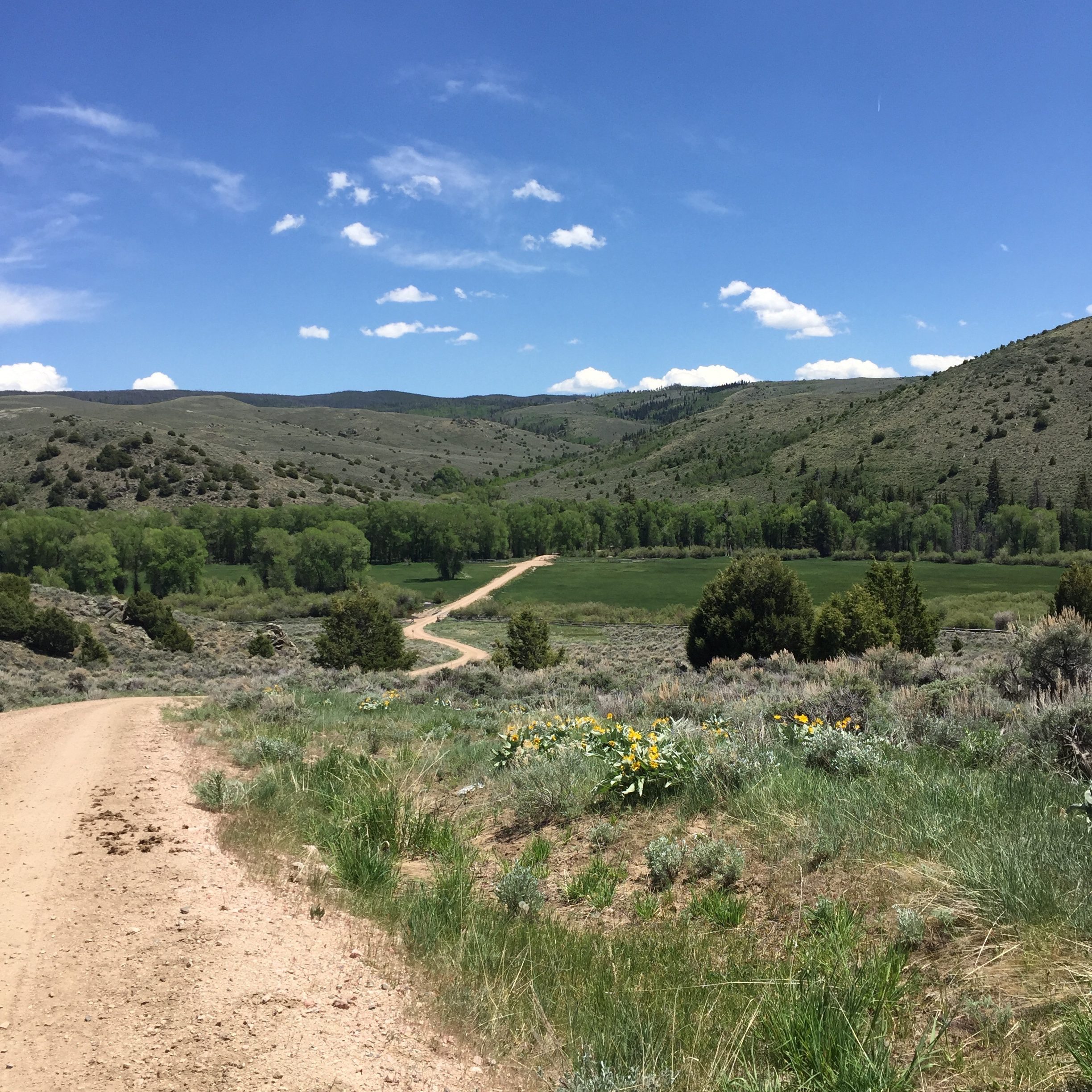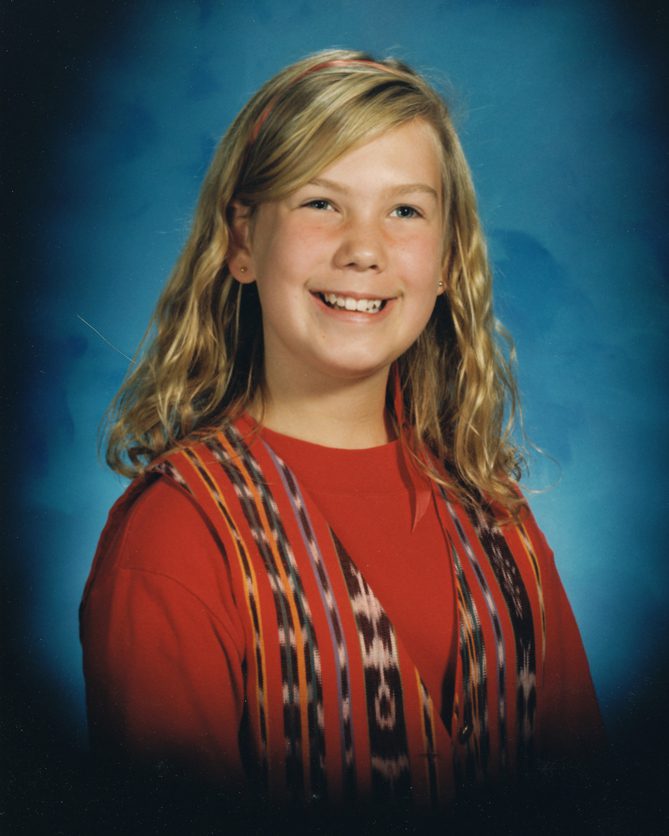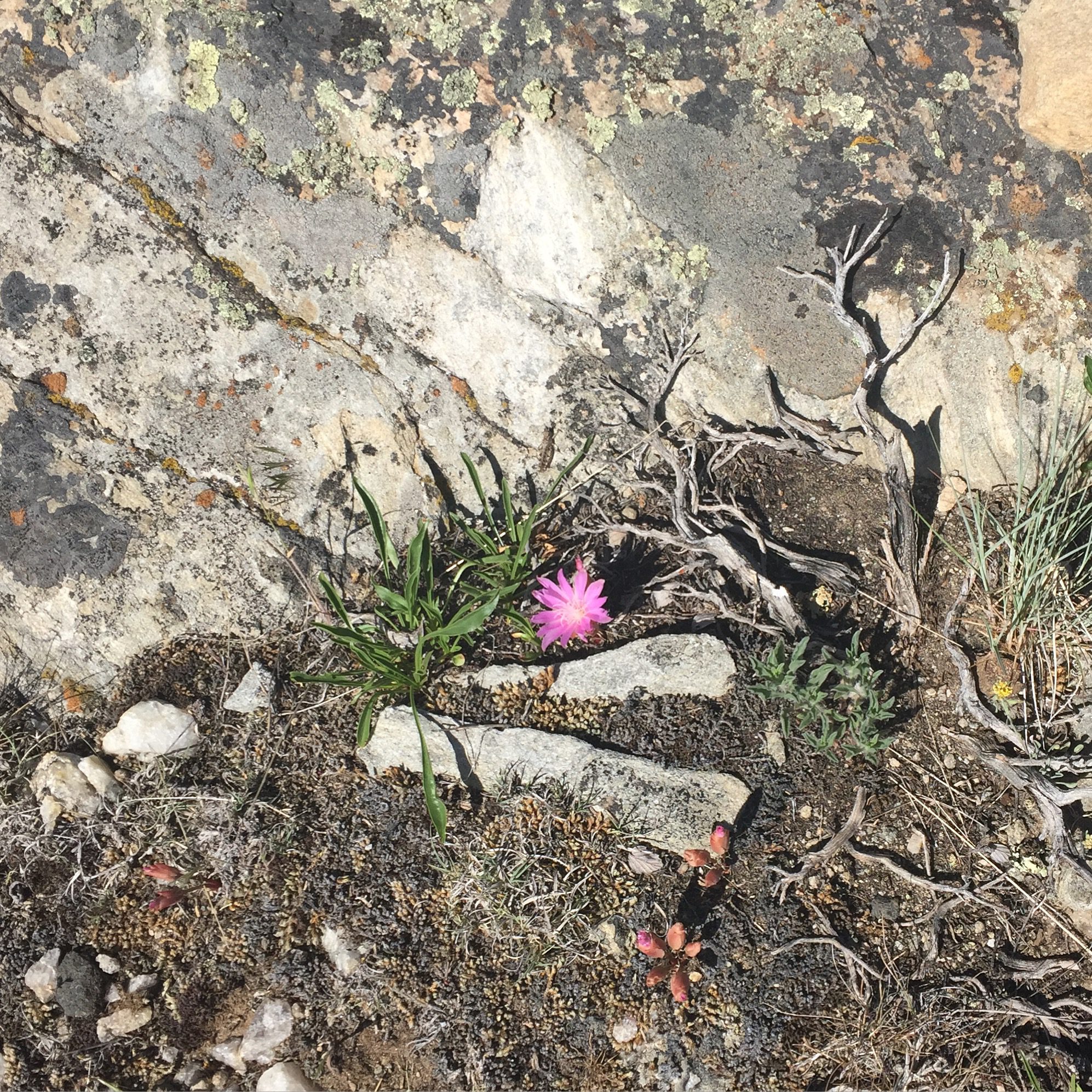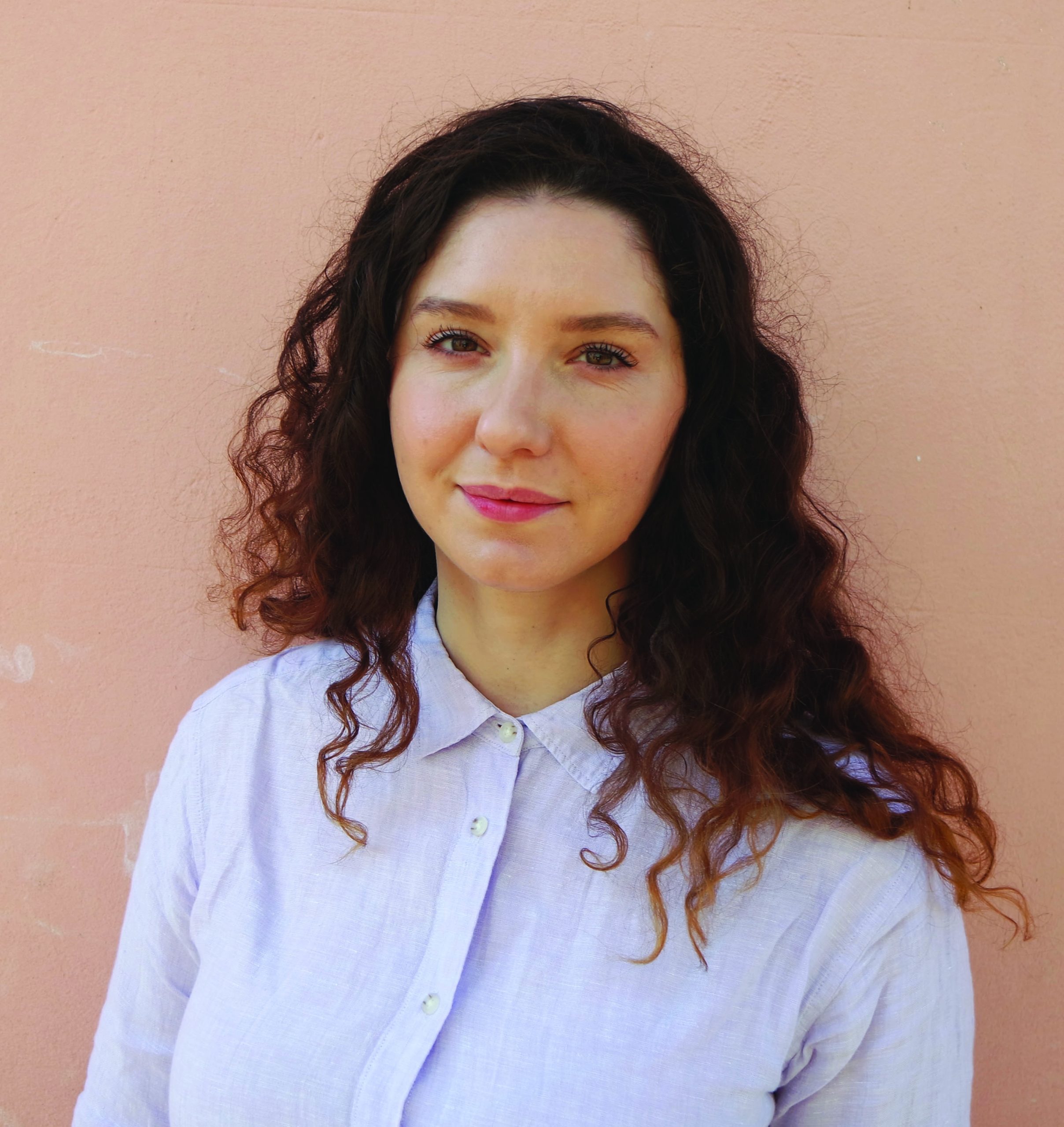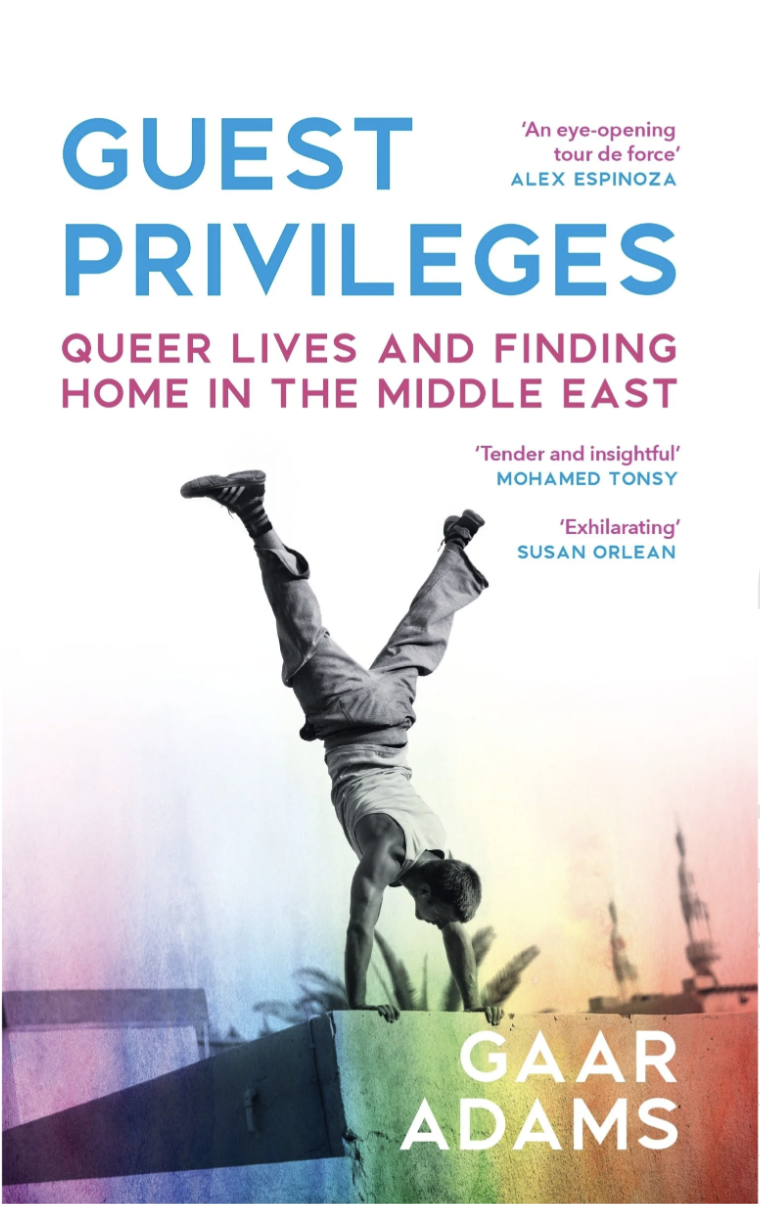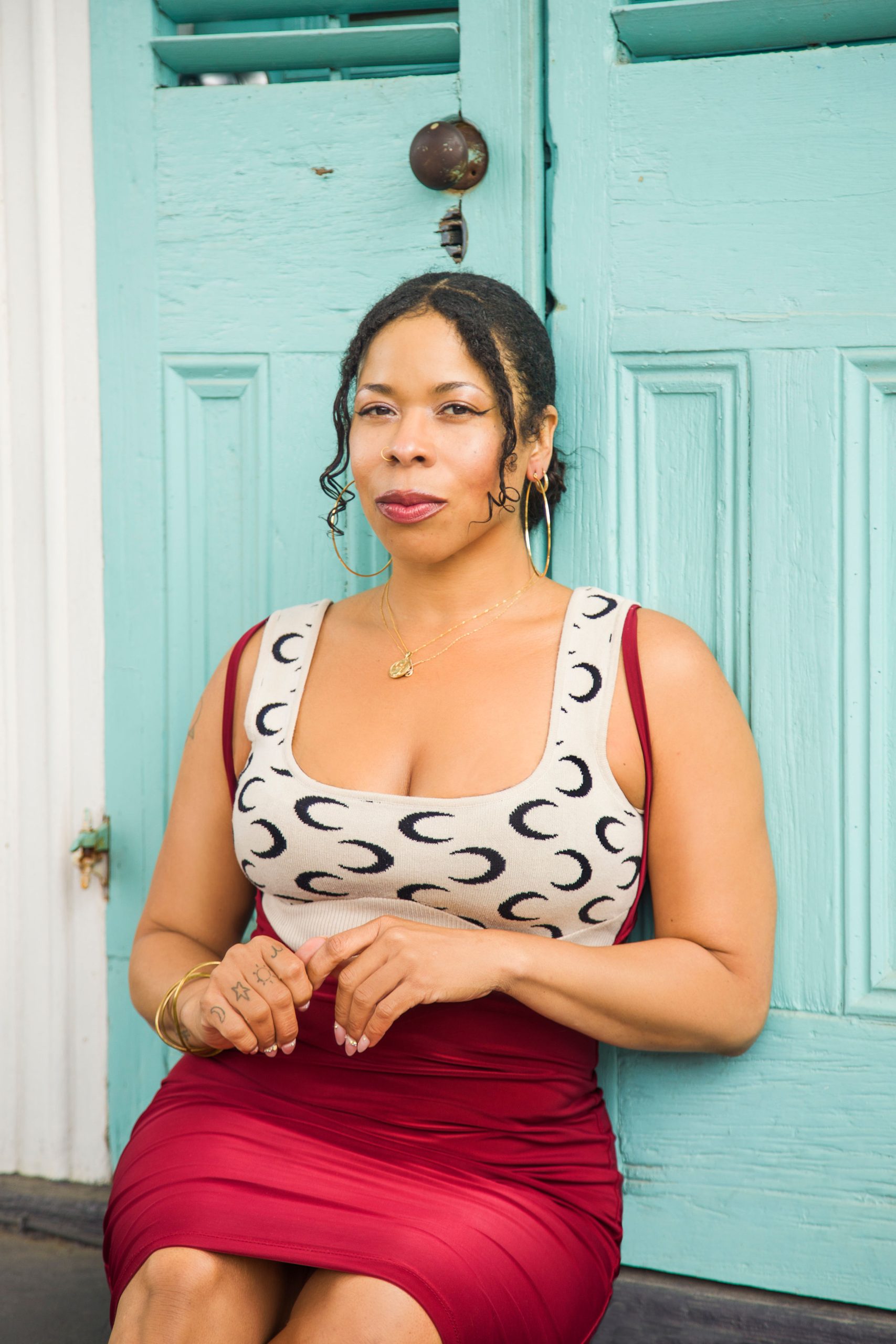I died of dysentery even before I knew what dysentery was.
I died of measles and a snakebite.
I died of typhoid.
I died of starvation.
I died of cholera and exhaustion.
I died of drowning and a broken leg.
The ways to die in the computer game Oregon Trail are more memorable than the object of the game, to survive the Oregon Trail. “Dying on the Oregon Trail” is filed in my memory bank next to “first kiss at recess behind the foursquare courts with Bobby Rett.” (Open mouth, no tongue.)
The glorious ways we fifth graders died in Mr. Mosher’s computer class. We strove to die in the most imaginable permutations possible. Snakebite on both broken legs, drowning while fording the river, picked-off while hunting the bitmapped bears pwew-pwew, slap on some cholera for good measure. Next giddy task: we get to write our own epitaphs at the tender age of ten years old.
Dying of a broken leg meant automatic #fail in our middle school social circles. Before #fail was a thing. Before hashtags were a thing. This was computer class in 1989 in rural suburban Massachusetts. Apple IIc’s were advanced technology for schools back then. When cursors blinked kelly green on black backgrounds. When the bad kids stole the trackballs out of the mice to rile up Mr. Mosher. But wait—this was before mice, before trackballs. We only had keyboards. When floppy desks were floppy.
The Oregon Trail, an educational computer game, was developed in the early ’70s but ramped up in popularity in its Apple II release in 1985, and Mac Classic version in 1990. The object of the game was to trick out a covered wagon with supplies like wagon wheels, bullets, sets of clothing, etc., the best yoke of oxen you can afford, and fill it up with your family members, friends, New Kids on the Block crushes (Joey McIntyre) or Bobby Rett if I’m feeling lucky (or vengeful, as Bobby Rett could die of dysentery that class period and we would laugh) and set out onto the trail, a simulation of the roughly 2,000-mile journey that actual real-life pioneers in history made from Independence, Missouri, to Oregon’s Willamette Valley. Players navigated hazards such as treacherous terrain, the aforementioned laundry list of diseases and cunning robbers who could pocket entire wagon wheels. All these challenges, according to the game’s developers, were based on true-to-life events that these hardy souls battled in the year 1848. This is what made it “educational.”
A quick poll of my friends proves we all have fond memories of The Oregon Trail. There is not one of us that was “euh” or “so-so” or “kinda-sorta” about it. We all loved it. Across many generations. Not just us kids from the ’80s. This, I find so rare, a cultural computing phenomenon tying together so many of us American kids, the connective tissue—Oregon Trail or bust, baby. We never tired of it.
But why? For one, we didn’t have much of a choice for computer games back then. The other “educational” options at school were Mavis Beacon, a typing game that powered a race car with your words per minute speed (blarg, I don’t use my pinkies to type, so my car piddled forward like a bitch-slapped Mexican jumping bean).
Alternatively, we could play a how-to-code BASIC computer language, using a little green bitmapped turtle to plot the code. The kids who chose that over The Oregon Trail were most definitely uncool. Before geeks were cool. Before coding was cool.
The computer classroom at Ephraim Curtis Middle School is so vivid to me, still, twenty-six years later. The long cafeteria tables a glossy pockmarked blue lining the perimeter, punctuated by tan monitors of the precious trove of Apple IIs. The naked coil of manual pencil sharpeners permanently installed by the door for drive-by sharpenings. You remember that kid, the one who always had to get up and over-sharpen his pencil. The nubs of fluorescent pink pencils with white erasers (that didn’t erase) stuck in our buns like our “cool” older 8th grade sisters did. The waft of baked goods—mmm cinnamon buns from home ec. across the hall. The buzz of circle saws from wood shop—jagging out silhouettes of ducks in maple slabs to make napkin holders for our parents. Mr. Mosher’s mustache that completely covered his upper lip like an animal. When Donnie from the New Kids on the Block was the epitome of creepy old man. When I had no problems finding willing victims to kiss. When home ec. was mostly for girls and some boys. When wood shop was mostly for boys and some girls. When computer class was the only class that had computers. And was for everybody.
I know why I love Oregon Trail. I can put my finger on it now. When I was ten, I was innocent. Pre-bad shit. Pre-tricky dicks. Pre-caterwauling. Pre-“experimentation.” Pre-parents’ divorce. Pre-meeting strange men off the Internet to lose my virginity with. Pre-posing for my first nude pics for a stranger. Pre-snorting Brian Parker’s Ritalin crushed up with the butt end of a lighter for kicks. Pre-bravado. Well. I did perform “deep throat banana” at lunch that year. I was wearing my homemade red culottes and reversible Navajo print vest. I think I was going for slapstick, not sexy. I had finished my Lunchables early. The boys at my table knighted my action “deep throating.” I didn’t know what deep throating was, but I craved their giggles and gag gestures and attentions. I monkey saw, and saw that I liked. I stole their gnarly baseball hats at recess and tried to kick them in the balls since that’s how you show you have a crush on somebody.
You tried to put on Bobby Rett’s whitehat and it was too small for your fat head. Such a stupidhead. Return the hat before the recess bell rings. Or else. Or else what?
Or else what?
I died from chlamydia.
I died from gonorrhea and a stubbed toe.
I died from STDs before they were STIs.
I died from torn fissures, torn fishnets, seams, rhinestones up the back.
I died from genital warts, your silhouette handprints on my bruised-ass.
I died from HIV HIV HIV but you can’t die from HIV you die from AIDS.
I died from herpes and a box of heart-shaped Valentine chocolates.
I died from suffocating with your dick in my mouth.
I died from being dumped by your note passed in math class.
The note? Exquisitely folded, as always. Long thin blue-tinged notebook lines under over under fold tuck square—but the paper had a ragged edge.
The ragged edge meant that you didn’t care. I should have seen it coming. If you cared, you would have pulled off the paper tendril bits, like you know that I like, and made it all neat and tidy. And perfect. Instead of addressing it to “Ginger,” my nickname from Gilligan’s Island when we all adopted our favorite characters on the show, you called me by my real name.
To: Beth
From: Your Friend, Bobby
Your friend, your friend my ass. Your friend.
I’d really like to remain your friend. You are such a great shoulder to cry on. You are there for me when no one else in the world was. I’m so proud to call you “friend.” Can you give me Kelly”s number please? I think she’s nice and want to ask her to ballroom dance.
Before text speak. Before emoticons. Before cursive connective dots fell out of favor. Before period blood. Before rage coming out sideways.
After, after, after, I learn that I am invincible.
In the final leg of The Oregon Trail, it’s white water whirlpool studded with stones on the Columbia River. I caulk my own wagon. I float marvelously. The caulk is so buoyant. It’s “perilous,” they say. I careen down the river, that Stony River Gorge, feeling my girth, for once. I heave-ho my raft, no problem. It’s “treacherous,” they say. I crank up the caulk-notches and hover my motherfucking covered wagon one foot above the foamy crests. No one steals my wagon wheels; my wagon tongues, or lays a hand on my extra sets of clothing. No one pokes around for my coveted venison jerky. No one gets up in the business of my oxen.
No one dies of dysentery. Or a broken leg.
Pioneer this, Oregon Trail.
***
Photos provided courtesy of the author.
